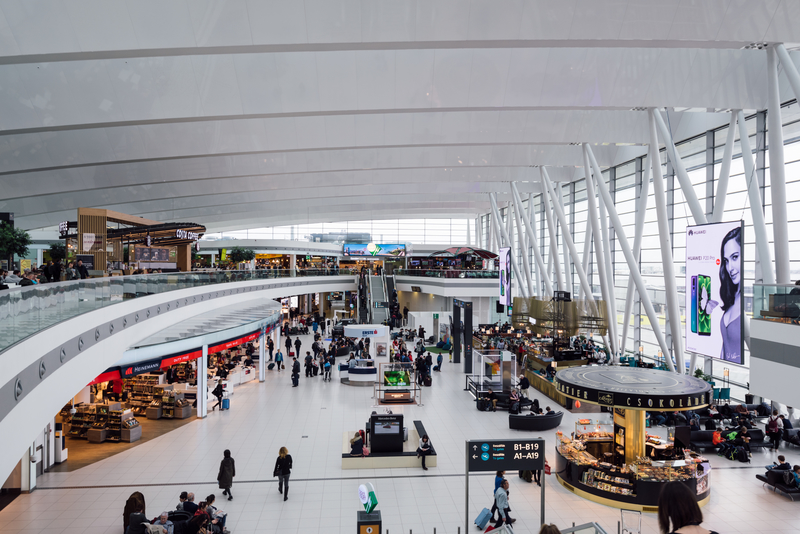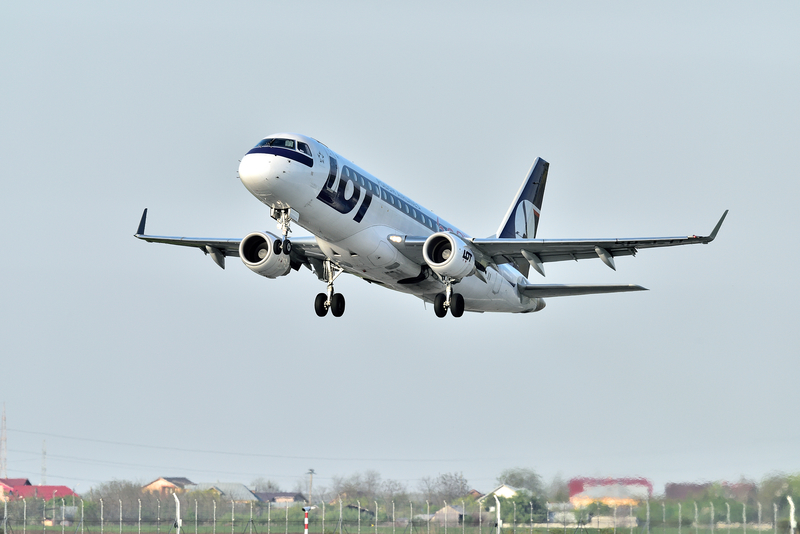Terminals +info
Budapest Ferenc Liszt International Airport has two main passenger terminals: Terminal 2A and Terminal 2B.
Terminal 2B manages flights outside the Schengen Area, with similar amenities. Both terminals are connected by the SkyCourt, which provides additional shopping and dining options.
Terminal 1 is used for charter and private flights. The airport offers free WiFi and special assistance for passengers with reduced mobility.
Reviews +info
On this website, you will find valuable tips and reviews about Budapest Ferenc Liszt International Airport, designed to help you navigate your travel experience smoothly. These reviews can help you understand what to expect in terms of service quality, cleanliness, and overall passenger experience.
-Our Review of Budapest Ferenc Liszt International Airport Airport
-Pros and Cons of the Airport
-Mini-Guide of the Airport (2’ Guide)
-Other reviews
-Some Stats
Transport +info
See below the available means of transportation at Budapest Airport:
Bus: Several bus services are available from BUD Airport.
See more information
Taxi: Taxi is the quickest way to reach city centre.
See more information
Train: The closest train station to Budapest Airport is Ferihegy.
See more information
Car Rental: Renting a car in Budapest Airport is a good way to move around. Check our search engine for further details!
See more information
Contact
Address: Budapest Airport, Budapest, 1185, HUNGARY
Phone: +36 1 296 700
Email: info@bud.hu
Official Website: https://www.bud.hu
About Budapest
Budapest, the capital of Hungary, is a city formed by the union of three distinct cities: Buda and Óbuda on the west side of the Danube River, and Pest on the east. This stunning city is a UNESCO World Heritage Site, renowned for its beauty and rich history. Key attractions include the Parliament Building, one of the largest in the world, the Gellért Baths, Heroes’ Square, Margaret Island, the Danube Promenade, the House of Terror, and St. Stephen’s Basilica. The city’s cultural and historical landmarks, such as the Castle District and Andrássy Avenue, are also protected by UNESCO. Budapest’s history spans from ancient times, with influences from the Romans and Ottomans, to its role in the Austro-Hungarian Empire and its modern-day significance as a cultural and economic hub. Its unique blend of architectural styles and historical significance makes it a must-visit destination in Europe.


